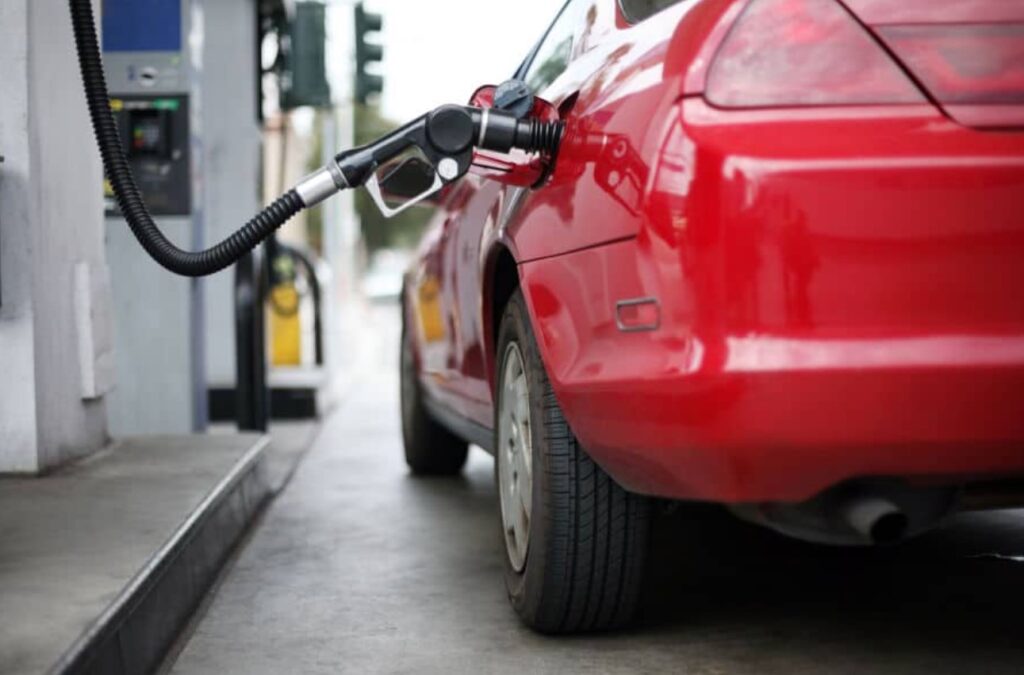Fueling your car at a service station may seem like a simple task, but there are important safety considerations to keep in mind. Pertaining to leaving your car on while pumping gas, the answer is technically yes, but it’s best to follow the station’s guidelines for turning off your vehicle as a precaution. In this blog post, we’ll address this common question and explore key safety practices to ensure a safe and efficient refueling experience.
Key Takeaways:
- Leaving Car On While Pumping Gas: Technically allowed, but it’s safer to follow station guidelines and turn off the vehicle.
- Stay Present During Fueling: Avoid walking away from the vehicle while fueling to prevent accidents.
- No Smoking: Smoking near gas pumps is dangerous due to the risk of ignition.
- Color-Coded Fuel Containers: Red for gasoline, blue for kerosene, and yellow for diesel – use the correct containers to avoid accidents.
- Keep Children and Pets Safe: Supervise children and pets at all times at the service station to prevent accidents.

Service Station Safety Practices
Can You Leave Your Car On While Pumping Gas?
Technically, you can leave your car on while pumping gas, but it’s generally recommended to follow the placards on the fuel pumps that direct you to turn off your vehicle. This is to avoid any potential liability issues that the service station prefers not to incur due to the remote possibility of static electricity causing an explosion.
Pumping Fuel Etiquette
One important practice to follow when pumping fuel is to stay put and keep an eye on the pumping process. While the locking mechanism on the fuel pump should hold the spigot open during fueling, it’s crucial to remain present to prevent any potential accidents or spills. Plus, make sure not to walk away from your vehicle to visit the restroom or get coffee while fueling. It’s vital to stay by your vehicle and monitor the process to ensure a safe refueling experience.
No Smoking Policy
Any time you’re at a service station, remember to never smoke while pumping fuel. The chances of igniting fuel are significant, and even a small spark could lead to a dangerous situation. Always heed the warning placards and keep any potential sources of ignition away from the gas pumps.
Color-Coded Fuel Containers
Fuel containers are color-coded for a reason. It’s crucial to use the correct colored container for the type of fuel you are storing. Using the wrong container could lead to spills or confusion, so always ensure you are using the proper container for gasoline, kerosene, diesel fuel, or oil.
Children and Pet Safety
When traveling with children and pets, safety is paramount at a service station. Make sure to escort your children to the restroom and keep your pets away from active fueling areas. Accidents can happen quickly, so it’s important to keep everyone safe by following proper safety protocols.
Conclusion
Taking this into account, while it may technically be possible to leave your car on while pumping gas, it is generally safer to follow the placards and turn off your vehicle. The risk of static electricity igniting fuel is minimal, but it’s a precaution that service stations recommend to prevent any potential hazards. It is important to stay vigilant and present while fueling your vehicle, avoiding distractions and staying alert to ensure a safe refueling process.
By following these service station safety practices, such as not smoking, using the correct color-coded fuel containers, and keeping children and pets safely in the vehicle during fueling, you can mitigate potential risks and ensure a safe and seamless refueling experience. Prioritizing safety at the service station not only protects yourself and your vehicle but also contributes to a safer environment for all motorists and service station personnel.
FAQ
Q: Can I leave my car on while pumping gas?
A: Technically, you can leave your car on while pumping gas, but it is generally recommended to turn off the engine to reduce the risk of static electricity causing a fire.
Q: Why are there placards at fuel pumps instructing drivers to turn off their vehicles?
A: Placards at fuel pumps advise drivers to turn off their vehicles as a safety precaution to prevent potential static electricity igniting the fuel, which could lead to an explosion.
Q: Is it safe to smoke while pumping gas?
A: No, it is not safe to smoke while pumping gas. Smoking near fuel poses a high risk of igniting the flammable liquid, potentially causing a fire or explosion.
Q: Why are fuel containers color-coded?
A: Fuel containers are color-coded for easy identification: red for gasoline, blue for kerosene, yellow for diesel fuel, and green for oil. Using the wrong container for fuel storage can lead to dangerous spills.
Q: Should children and pets be near the vehicle while pumping gas?
A: It is best to keep children and pets away from the vehicle while fueling to prevent accidents such as knocking over the nozzle and spilling fuel. Escort children to the restroom and pets to a safe area before resuming your journey.
